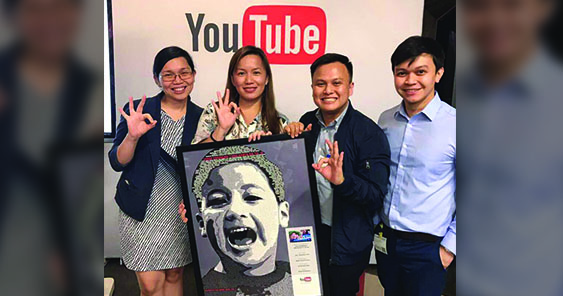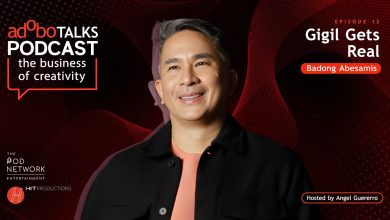MANILA – Bonakid Pre-School 3+’s commercial “Moves” was recently included as part of the Top 10 YouTube Ads Leaderboard. This prestigious show is held biannually to recognize the brands and agencies with the most viewed and engaging ads based on online data.
As a sustaining effort to the previously awarded “3 Pataas” commercial, “Moves” helped moms teach their kids the popular 3 Pataas moves which would later be visible in every household, during morning exercises, in classes as well as various school programs and field demos.
With consecutive top 10 slots awarded for its launch and sustaining materials, Bonakid Pre-School 3+ was the only brand nominated twice in 2016 for the same campaign.
Through the collaboration of Wyeth’s Bonakid Pre-School 3+ and Bates CHI & Partners, together with a memorable jingle and its signature moves, Bonakid Pre-School 3+ has proven itself to be one of the most top viewed and engaging brands of 2016.
In main photo are (from left to right: Ma. Sheryl Yao: Group Product Manager of Wyeth Nutrition – Marketing Mainstream; Ma. Sarinah Flores – Senior Product Manager of Wyeth Nutrition – Marketing Mainstream; Val Nacilla: Senior Account Manager, Bates CHI&Partners; and Chairell Winston Almendras – Digital Manager of Wyeth Nutrition.
Click here for the complete Top 10 list for YouTube Ads leaderboard for the second half of 2016.








